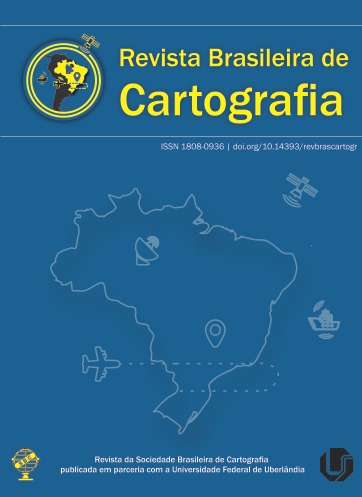Accelerated Erosion Chart for Watershed Spatial Planning
Main Article Content
Abstract
Anthropic activities, together with the lack of planning for land use and conservation, can cause processes of environmental degradation, such as erosion, siltation of water bodies, flooding, among others, compromising the quality of the environment, especially water resources. The objective of this paper was to evaluate better intervention alternatives in relation to accelerated erosion processes in the Ribeirão das Pedras watershed (São Paulo, Brazil), integrating geotechnical information and other knowledge areas. The river basin extends over 111.47km2, with most of its area in the municipality of Santa Cruz das Palmeiras and smaller areas in the municipalities of Tambaú, Pirassununga and Porto Ferreira. The methodology used was based on Pejon (1992) and Pejon e Zuquette (2001) to elaborate a Potential Surface Flow Chart and the determination of the erodibility index of unconsolidated materials, associated with other geotechnical characteristics, according to Pejon e Zuquette (1993). The results show a strong influence of unconsolidated materials and land uses on the erosive potential, and indicate that such actions can be mitigated by actions of the local and state government, with appropriate land use policies.
Downloads
Metrics
Article Details
Authors who publish in this journal agree to the following terms:
- Authors retain copyright and grant the journal right of first publication with the work simultaneously licensed under a Creative Commons Attribution License that allows others to share the work with an acknowledgment of the work's authorship and initial publication in this journal.
- Authors can enter into separate, additional contractual arrangements for the non-exclusive distribution of the journal's published version of the work (e.g., post it to an institutional repository or publish it in a book), with an acknowledgment of its initial publication in this journal.
- Authors are permitted and encouraged to post their work online (e.g., in institutional repositories or on their website) before and during the submission process, as it can lead to productive exchanges, as well as earlier and greater citation of published work (see "The Effect of Open Access").





